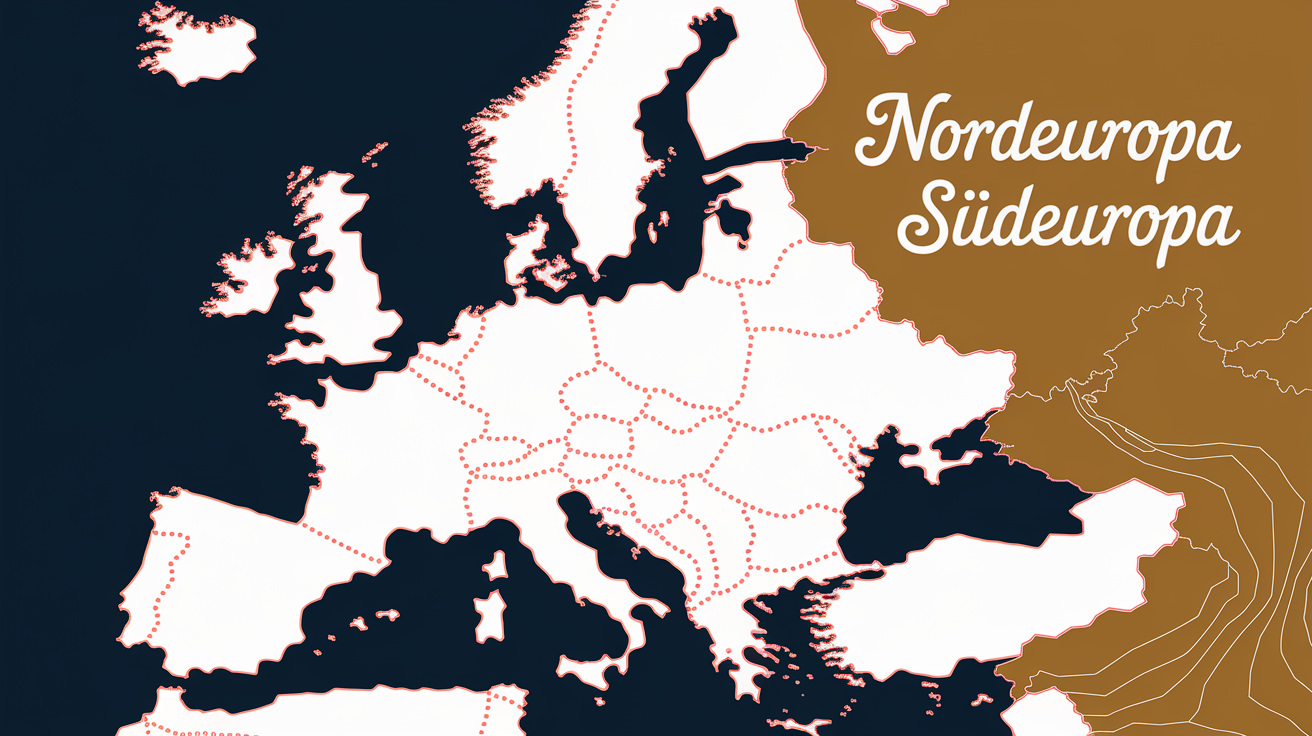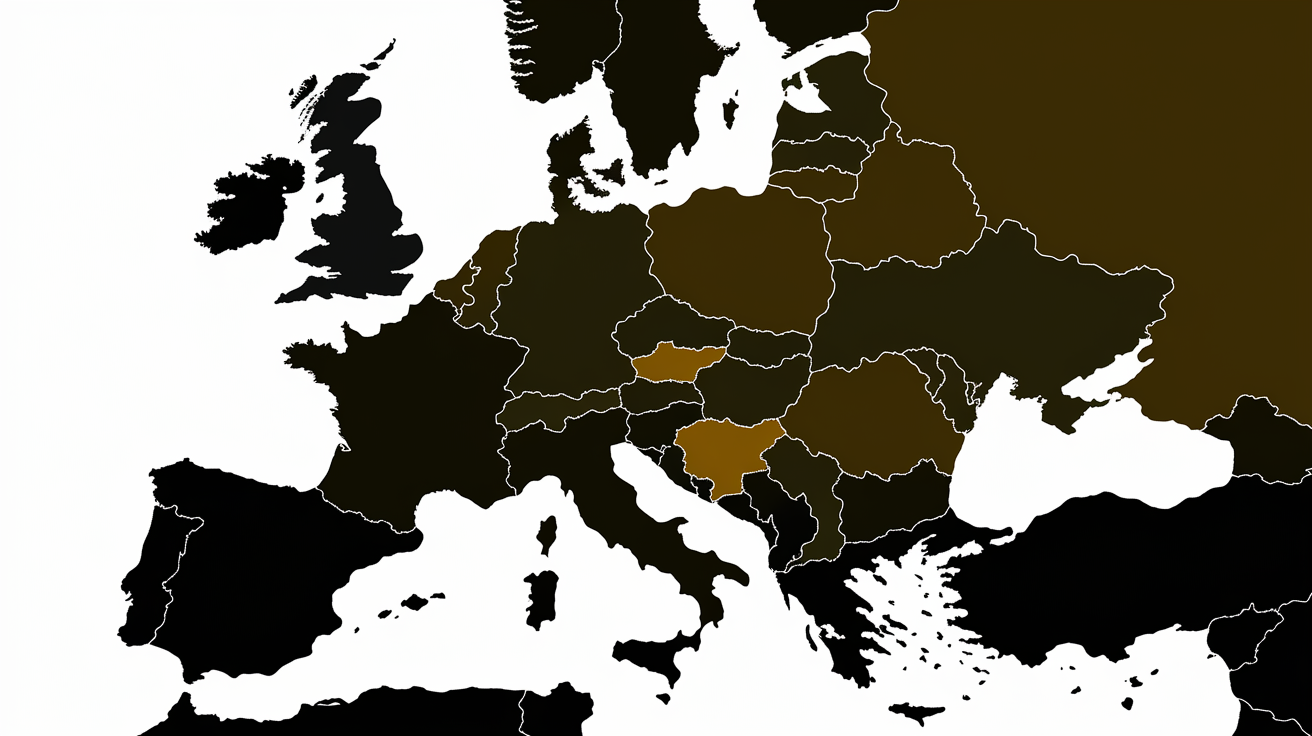Wind energy in Europe is an important pillar of the energy transition. While Northern Europe shines with its constant wind flows and technological advancements, Southern Europe faces unique challenges and opportunities. This article explores the development potential and state subsidies in both regions, offering investors and private savers valuable insights into the dynamic landscape of wind energy.
Geographical and Technological Synergies of Wind Energy in Northern and Southern Europe

Wind energy plays an essential role in the European energy transition, and both Northern and Southern Europe have unique characteristics that influence the potential of this energy source. To fully appreciate the advantages and advancements, it is crucial to examine the geographical conditions and technological progress in both regions.
Northern Europe, with its extensive coastlines and constant wind conditions, is particularly suited for the development of offshore wind farms. Countries like Germany and Denmark, located on the windy coasts of the North Sea, are making extensive use of these natural advantages. Here, technological innovations, especially in turbine efficiency and the use of new materials, have led to significant advancements. These developments have made it possible to manage turbines with greater power and lower costs, increasing the profitability of projects in coastal waters.
However, technological advancements do not only benefit Northern Europe. Improvements in wind farm efficiency are also observed in Southern Europe. However, this region faces climatic challenges. Less consistent wind flows make the construction of wind farms less predictable and investments harder to justify. Despite this, there are dedicated efforts to develop offshore solutions here as well, despite infrastructural challenges and topographical difficulties.
While technological advancements benefit both regions, the geographical conditions in Northern Europe can be considered a decisive competitive advantage. Strong wind conditions and well-developed infrastructure complement each other and accelerate the integration of wind energy into the existing energy supply network. In contrast, Southern Europe requires increased investment and policy measures to unlock its untapped potential, particularly in mountainous regions and along coastlines.
In general, it can be observed that while Northern Europe benefits from its natural conditions and finds itself in a technologically advanced position, Southern Europe can overcome its challenges through carefully planned strategies in infrastructure and policy. Technological advancements in both regions show that a sustainable and shared future for wind energy in Europe is possible.
State Subsidies as a Driver of Wind Energy: A Comparison Between Northern and Southern Europe

The influence of state subsidy programs on the development of wind energy is crucial in Europe. Northern Europe has made significant progress through targeted and comprehensive national initiatives, while Southern Europe, relying on EU funding programs, faces different challenges.
Northern Europe stands out for its advanced legislative frameworks such as the Renewable Energy Sources Act (EEG) in Germany. This law has significantly contributed to the promotion of wind energy by providing clear incentives, resulting in a notable increase in generation capacity. In Denmark, development primarily occurs through offshore wind farms, supported by extensive national programs. These include not only financial support but also strategic planning for individual integration into the electrical grid, ensuring smooth energy transfer.
In contrast, Southern Europe operates in a more complex environment. Economic instability and political uncertainties are more frequent, making it difficult to implement direct national subsidies. Spain and Italy invest more in renewable energies, but they rely more on external investments. While national subsidies often prove to be weaker, EU funding plays an important role in stimulating growth in the wind energy sector. Programs like the EU Innovation Fund represent the main support here.
The regional gap between North and South regarding wind energy also becomes evident in the expansion and integration. Northern Europe, particularly Germany and Denmark, has made significant progress in grid integration. Despite their role as technological leaders, these countries also face challenges such as bureaucracy and the need to balance expansion with environmental protection. Southern European countries, on the other hand, are striving to achieve this integration but often encounter obstacles such as inadequate infrastructure and a more fragmented political landscape.
In general, the comparison shows that state subsidy policy constitutes the backbone of the different developments of wind energy in Europe. While Northern Europe, with targeted national programs, could serve as a model, Southern Europe faces the challenge of more effectively leveraging EU supports and consolidating its structures to maximize the potential of wind energy.